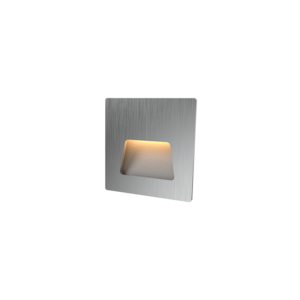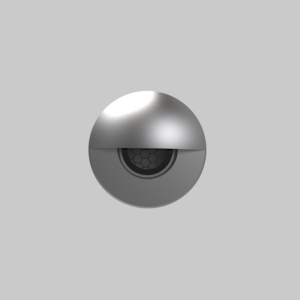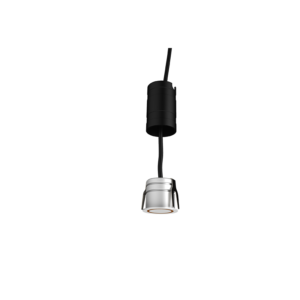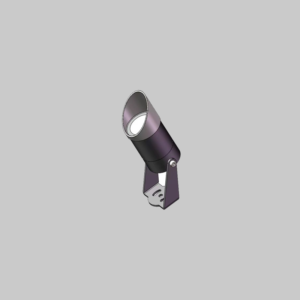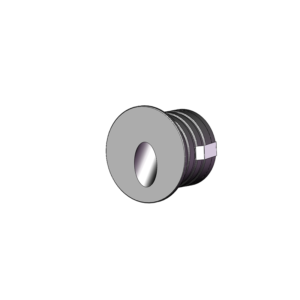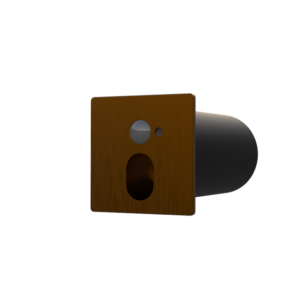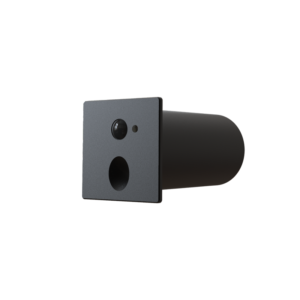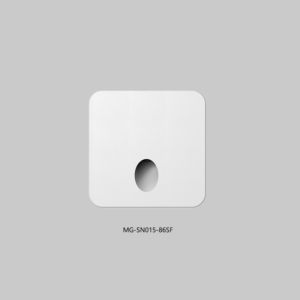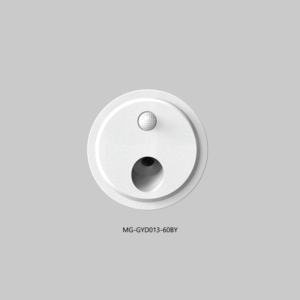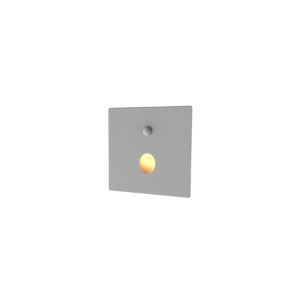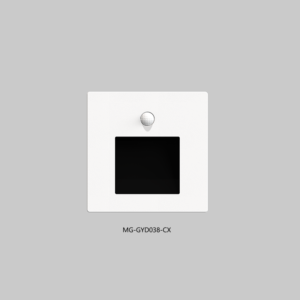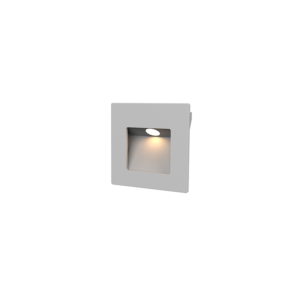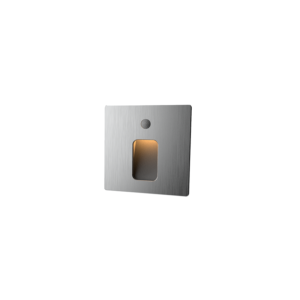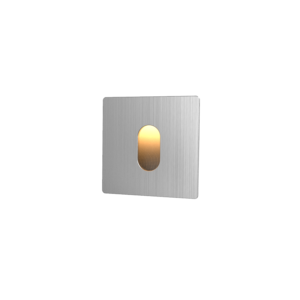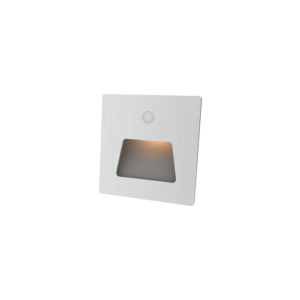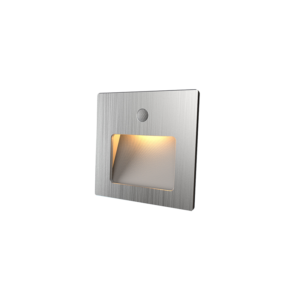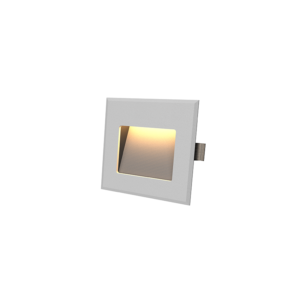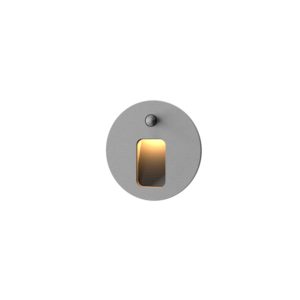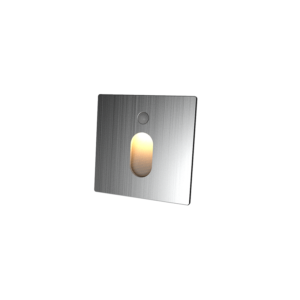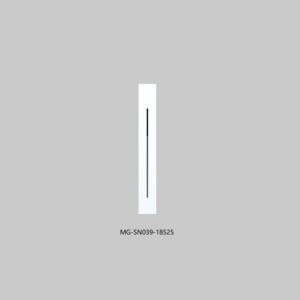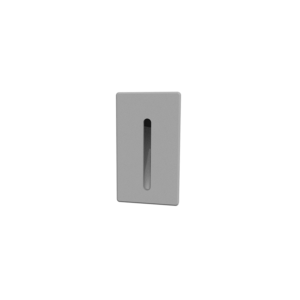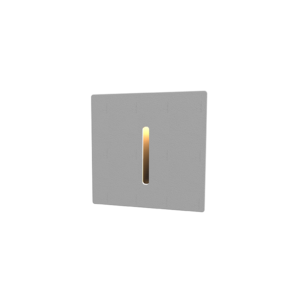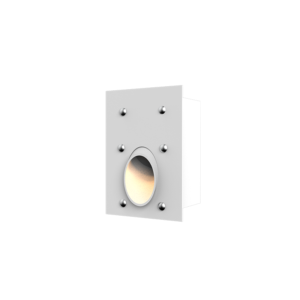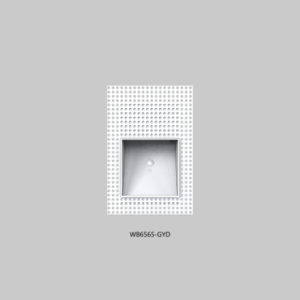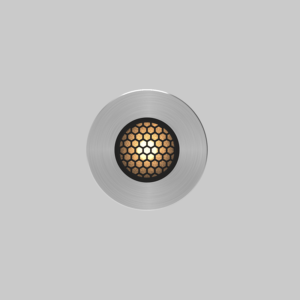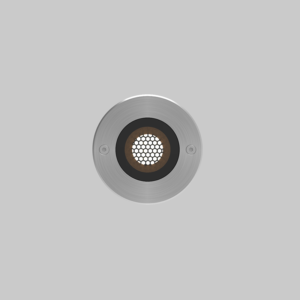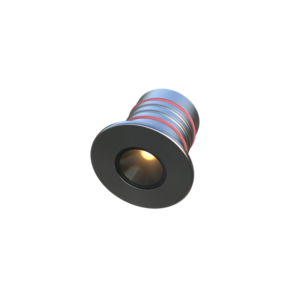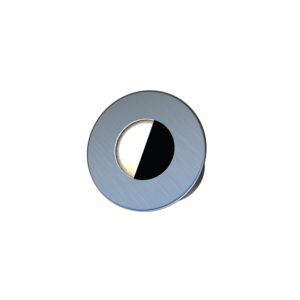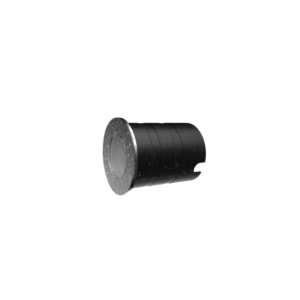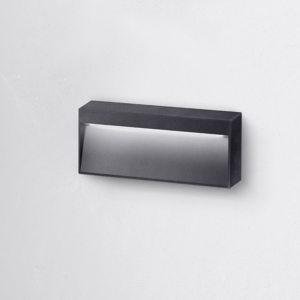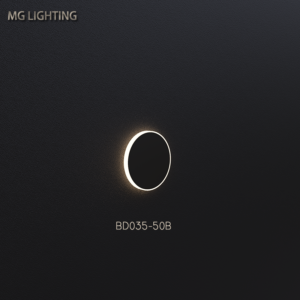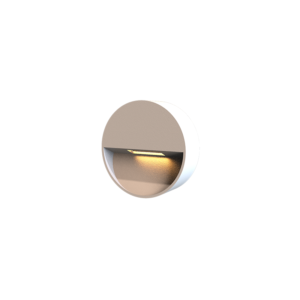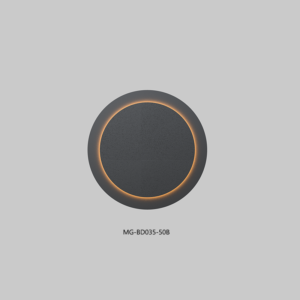I. Fundamentals of LED Ground Lighting Effects
A. Understanding Light Efficiency and Brightness
When it comes to selecting the perfect LED ground lights, grasping the difference between light efficiency e brightness is paramount. Light efficiency, measured in lumens per watt (lm/W), indicates how much light a fixture produces per watt of energy consumed. The higher the light efficiency, the more energy-saving the LED fixture. Brightness, on the other hand, is measured in lumens and represents the total light output. Balancing these two elements is key to achieving optimal lighting effects across various scenarios:
- Sidewalk Lighting: Opt for LED ground lights with moderate brightness, typically ranging from 300 to 500 lumens. Overly bright lights can cause light pollution and disrupt the surrounding environment.
- Landscape Path Lighting: Soft, even illumination is ideal. LED lights with a brightness range of 500 to 800 lumens work best here.
- Outdoor Staircase Lighting: Safety is a priority. LED ground lights con 800 lumens or more ensure clear visibility and prevent accidents. Selecting the right brightness based on specific needs ensures both functionality and aesthetic appeal.

B. Color Temperature Selection: Setting the Mood
Il temperatura del colore of LED ground lights significantly influences the design effect, determining whether the light has a warm or cool tone. In the U.S. market, common temperatura del colore choices include:
- 3000K (bianco caldo): Perfect for creating a cozy atmosphere in home gardens, landscape lighting, restaurants, and private residences.
- 4000K (bianco neutro): Suitable for public areas like walkways and parks, offering a balanced light that’s neither too cold nor too warm.
- 6000K (bianco freddo): Ideal for high-safety areas such as commercial buildings, parking lots, and staircases. Cool white light enhances visibility and alertness.

C. Beam Angle and Uniformity: Precision in Lighting
Il beam angle defines how the light spreads from the Luce di terra a LED. Common beam angles include 30°, 60°, e 120°. Choosing the right beam angle ensures proper light coverage without excess pollution or dead zones:
- 30° Narrow Beam: Focuses light on specific areas, ideal for highlighting architectural details or horticultural elements.
- 60° Medium Beam: Provides even light distribution for regular landscape paths and walkways.
- 120° Wide Beam: Suits large-scale lighting in public areas like squares and parks, ensuring broad, even coverage.

II. LED Ground Lighting Design Principles
A. Combining Light Efficiency with Functional Needs
Light efficiency design must adapt to different environmental needs to ensure practicality and aesthetics. Here are typical scenarios and their light efficiency requirements:
- Park and Garden Lighting: Soft light efficiency (300-500 lumens) creates a peaceful atmosphere without glare.
- Staircase and Pathway Lighting: Higher brightness (500-800 lumens) ensures safety and avoids shadows.
- Commercial Building Exterior Lighting: LED ground lights con 1000 lumens or more provide sufficient visibility.

B. Integration with Buildings or Landscape Elements
LED ground lights should not only meet functional needs but also harmonize with surrounding elements. Key considerations include:
- Building Façade Lighting: Use warm white (3000K) for a cozy feel or cool white (6000K) to highlight modern architecture.
- Illumination of Landscape Elements: Select appropriate color temperatures (e.g., 4000K) and beam angles (e.g., 60°) to showcase natural beauty.

C. Lighting Angle and Position Arrangement
Proper lighting angles and positions are crucial for avoiding light pollution and ensuring even light distribution:
- Ground Illumination: Wide beam angles (60° or 120°) provide even coverage for sidewalks and pathways.
- Wall or Vegetation Illumination: Narrow beam angles (30°) concentrate light on specific areas.
- Avoiding Hotspots or Shadows: Consistent spacing prevents overly bright or dark areas.

III. Fixture Selection and Configuration
A. Fixture Types and Installation Methods
Choosing the right fixture type e installation method impacts both lighting effect and installation ease:
- Recessed LED Ground Lights: Ideal for gardens, courtyards, and squares. Require proper installation holes and waterproofing.
- Surface-Mounted LED Ground Lights: Suitable for commercial buildings and parking lots. Easy to install and adjust.
- Wall-Mounted LED Ground Lights: Perfect for highlighting building façades or landscape elements.

B. Installation Considerations
Consider environmental factors when choosing installation methods:
- Impermeabile e antipolvere IP65: Suitable for most outdoor environments.
- IP67 Waterproof and Dustproof: Ideal for high-moisture areas like water features.

C. Material and Durability
Material selection affects durability and adaptability:
- Lega di alluminio: Lightweight, durable, and corrosion-resistant.
- 304 Stainless Steel: Highly corrosion-resistant, suitable for coastal or humid environments.
- Glass: Provides clear light transmission but may be less impact-resistant.

D. Durability Design
Ensuring long-term outdoor performance requires attention to:
- Heat Dissipation: Aluminum or stainless steel shells help dissipate heat.
- Impact Resistance: Prevents damage from external impacts.
- Weather and Corrosion Resistance: Withstands UV rays, salt fog, and extreme temperatures.

IV. Light Efficiency Optimization in Practical Applications
A. Application in Architectural Lighting
LED ground lights can enhance building details and add visual appeal:
- Highlighting Building Details: Appropriate brightness e beam angles make façades more vivid.
- Design Focus: Utilize dimming functions to avoid over-illumination and maintain aesthetic appeal.

B. Enhancing Landscape Beauty
Strategic placement of LED ground lights can transform landscapes:
- Garden Paths: Soft, even light guides visitors and highlights flora.
- Water Features: Subtle lighting enhances reflections and creates a serene ambiance.
C. Commercial and Public Space Lighting
For commercial buildings and public spaces, prioritize safety and visibility:
- Parking Lots: High-brightness LED lights ensure clear visibility and security.
- Staircases and Ramps: Adequate lighting prevents accidents and improves accessibility.
Conclusion
Designing an effective LED ground lighting scheme involves careful consideration of light efficiency, brightness, temperatura del colore, beam angle, e fixture selection. By tailoring these elements to specific environments and integrating them thoughtfully with architectural and landscape features, you can create functional, aesthetically pleasing, and energy-efficient lighting solutions. Whether illuminating a cozy garden path, a bustling commercial space, or a grand architectural façade, the principles outlined here provide a solid foundation for achieving outstanding results.

